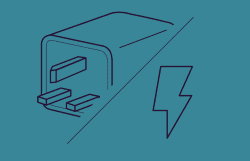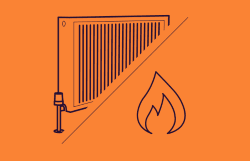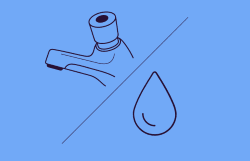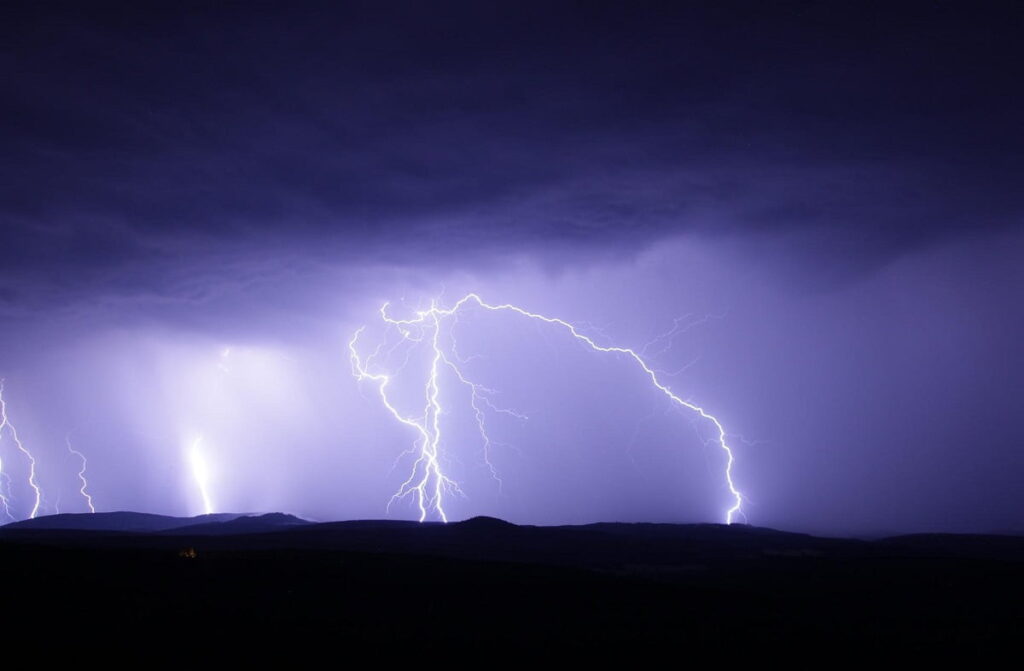Thousands of homes left with no power as storm Corrie continues
Households around Scotland have been facing power shortages as the country is dealing with storm Corrie, whose winds peak at 90mph in the Highlands. Power has been restored in many homes but not everywhere and the storm has also resulted in disruptions to transport services.
Unfortunately, there have been two deaths linked to the storm. Daily Record reported that ‘A 60-year-old woman was killed in Aberdeen when a tree fell on her and in Lanarkshire, a 32-year-old lorry driver died when his vehicle crashed through the central barrier on the M74 and collided with a Land Rover Discovery.’
A yellow weather warning has been issued by the Met Office for most of Scotland, which means the weather is severely bad and is causing a disruption in people’s day-to-day activities. The warning serves as an advice for people to remain vigilant.
Certain parts of the country, however, have been issued an amber warning indicating that the weather might affect people and lead to travel delays or power cuts.
How many people have been affected by the storm?
It is estimated that 37,000 homes have been left without power because of storm Corrie. That happened right after storm Malik, which as iNews reported, ‘was worse than predictions had indicated, with 80,000 people losing power over the weekend.’
Unfortunately, even though the official weather warning ended at 12pm on Monday, forecasts say that strong winds will continue throughout the week so even more households might be affected soon.
People need to realise how serious such storms are and need to be very careful when leaving their houses. In fact, they should only go out if it is absolutely necessary. What confirms the seriousness of the situation is, for example, the fact that during storm Malik a nine-year-old boy lost his life.
How to stay safe during a storm
Storms can be scary but they sometimes happen and there is no need to panic. If you know how to behave during one, you will be able to protect yourself and your loved ones. Here are a few tips:
- Unplug non-essential appliances as lightnings and strong winds can cause power surges
- Seek shelter if you are outside
- Close all doors and windows
- Try to avoid using the landline if there are thunders as telephone lines might conduct electricity
- Stop any outdoor activities you have been doing
- Avoid elevated areas if you are outside
- Get off a bicycle or motorcycle
- Secure items outside your house that could be blown away such as outdoor chairs or tables
- Take your pets into the house
- Place your care in a garage
- Monitor local media for updates regarding the situation
- Do not drive unless you absolutely have to
- Stay away from power cables brought down by wind
- Do not attempt to move downed trees
- Do not try to make any repairs until the storm is over.
These simple things can help you stress less during the storm and make sure that you are safe.
What to do during a power outage?
Power outages occur commonly during strong storms. Sometimes they last for a few minutes only, other times they last a few days. If that happens they can negatively affect the wellbeing of everyone in the area.
To prepare for an eventual power outage you should always keep a flashlight and a power bank in your house. This way, when the power goes out, you will be able to navigate in darkness.
What you have to be aware of is that during a power outage the food you had in the fridge might go bad. Usually, fridges keep temperature low enough to protect the food for about four hours provided that you do not open it during the outage. If your house is out of electricity for longer than that, you should probably throw the food away so as not to risk getting food poisoning.
You might be tempted to contact your energy supplier. However, they are not the ones responsible for bringing power back to your area. They simply sell energy to you. Instead, you should contact a distribution network operator (DNO) as they own and maintain power lines. The easiest way to do it is to call 105. Then, you will be put through to your local DNO.




